Description
Caring for your Cashew Nut Tree
Cashew Nut Trees (Anacardium occidentale) are tropical evergreens prized for their delicious nuts and ornamental value. Originating from Brazil, these trees are not only a source of tasty cashews but also provide shade and beauty to landscapes in warm climates. Growing and caring for Cashew Nut Trees requires attention to their specific needs throughout the various stages of their growth. Here’s a comprehensive care guide to help you cultivate healthy and productive Cashew Nut Trees.
Well-draining soil is essential for Cashew Nut Trees to prevent waterlogging, which can lead to root rot. Sandy loam or sandy clay soil with a pH of 6.0 to 6.5 is ideal for optimal growth and fruit production. If your soil is heavy or clay-like, amend it with organic matter such as compost or aged manure to improve drainage and fertility.
Water
Cashew Nut Trees have moderate water needs, especially during their establishment phase. Water newly planted trees deeply and regularly to keep the soil consistently moist but not waterlogged. Once established, reduce watering frequency but ensure the tree receives adequate moisture during dry periods. Mulching around the base of the tree helps retain soil moisture and suppresses weeds.
Fertilization
Cashew Nut Trees benefit from regular fertilization to support healthy growth and fruit production. Apply a balanced fertilizer with a higher potassium content (such as a 10-10-20 NPK formulation) every 2 to 3 months during the growing season. Avoid over-fertilizing, as it can lead to excessive vegetative growth at the expense of fruiting.
Pruning
Pruning Cashew Nut Trees is essential to maintain their shape, remove dead or diseased branches, and promote airflow and sunlight penetration within the canopy. Prune during the dormant season, preferably in late winter or early spring, before new growth emerges. Use clean, sharp pruning tools to make precise cuts, and avoid removing more than one-third of the tree’s canopy at once to prevent stress.
Pest and Disease Management
Cashew Nut Trees are relatively resistant to pests and diseases, but they can still be affected by common issues such as aphids, scale insects, powdery mildew, and root rot. Monitor your trees regularly for signs of pests or diseases, and take prompt action to mitigate the problem. Use organic or chemical pesticides and fungicides as needed, following the manufacturer’s instructions carefully.
Harvesting
Cashew Nut Trees typically start producing nuts within 2 to 3 years of planting, although full production may take 5 to 7 years. Harvesting usually occurs once a year during the dry season when the nuts are ripe. Wear gloves when handling cashew nuts, as they contain a caustic resin that can cause skin irritation. Carefully remove the nuts from the cashew apples and allow them to dry thoroughly before storing or roasting.

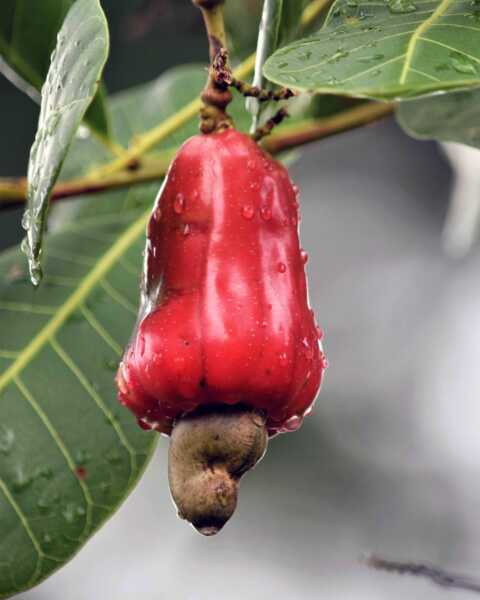
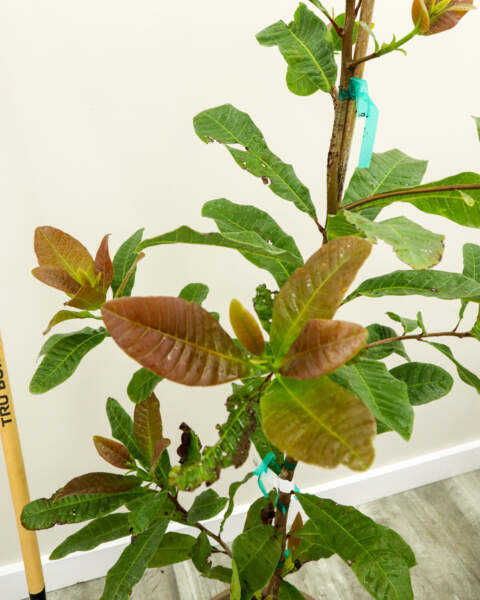
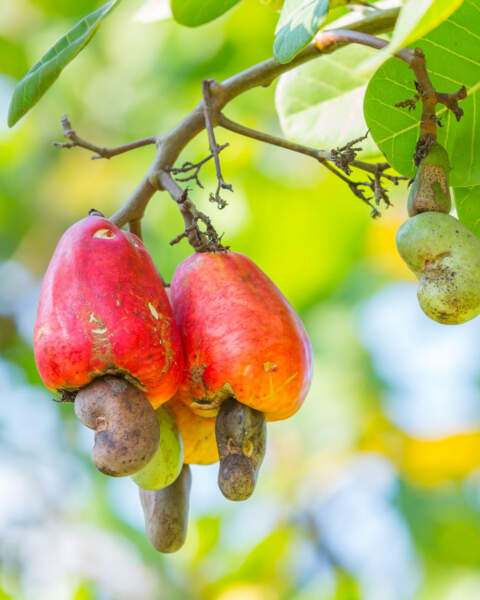
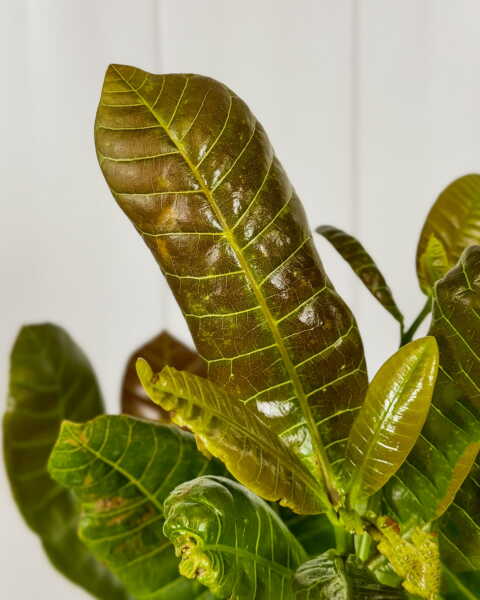
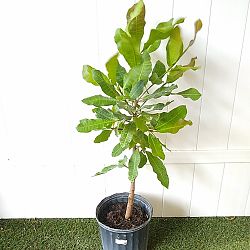
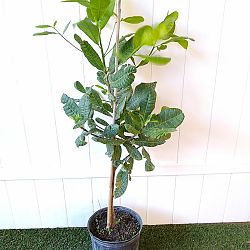
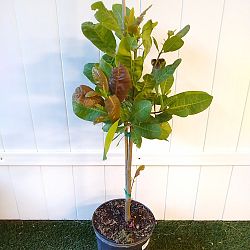
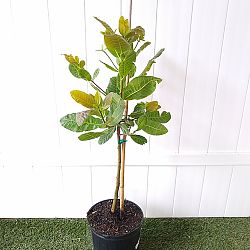
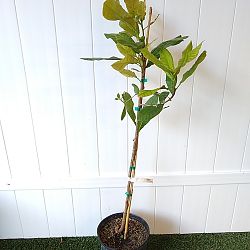
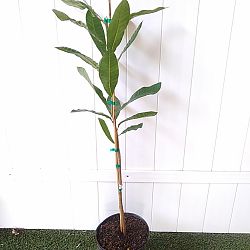
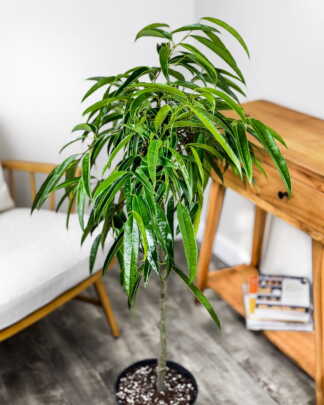
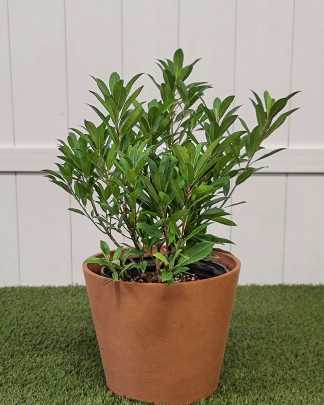
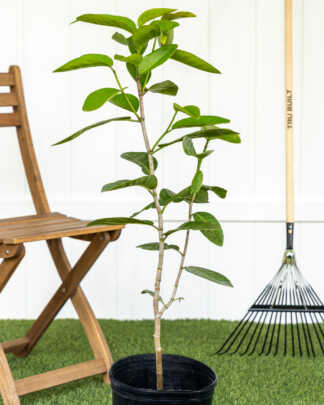
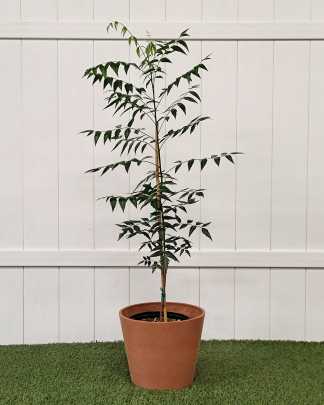
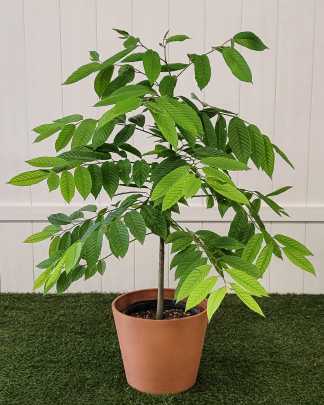


Kristi J. (verified owner) –
Looks great. My son was so excited. Wrapped well. Currently sunning herself!
Emily Parslow (verified owner) –
you were wonderful
Dietrich C. (verified owner) –
Plantvine surpassed my expectations, my ordered plant arrived on time and in good condition. Will definately be ordering more in the future;consider me a regular customer!
DENYSE M. (verified owner) –
I love it! This perfect for my garden! Thank you